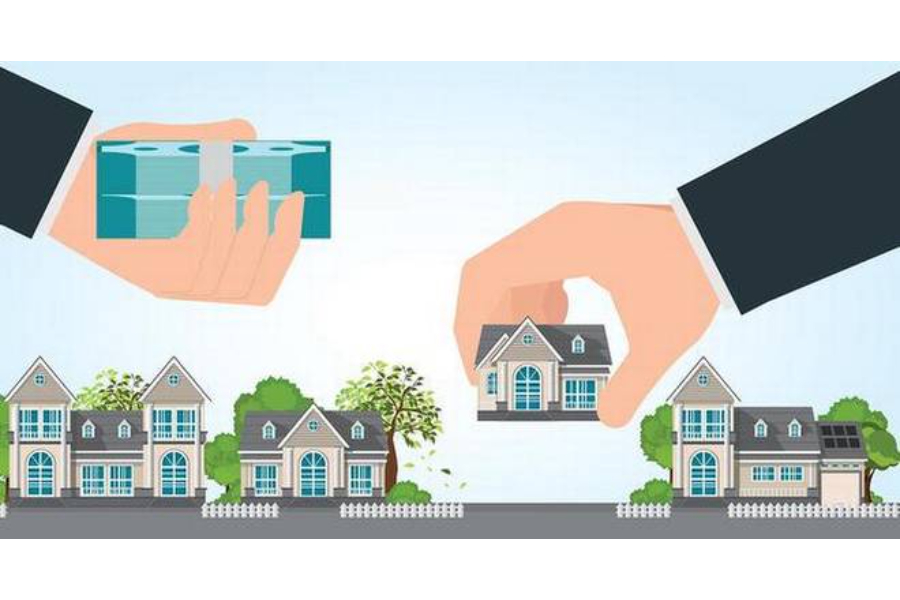
1. Universal Design: This approach focuses on creating homes that are accessible to everyone, regardless of their abilities. It includes features such as zero-step entries, wide doorways and hallways, lever-style door handles, and open floor plans.
2. Wheelchair Accessibility: Homes designed specifically for wheelchair users incorporate features like wider doorways and hallways, wheelchair ramps or lifts, roll-in showers, and accessible counters and cabinets.
3. Sensor Technology: Smart homes equipped with sensor technology can greatly assist people with disabilities. Features like motion-sensor lighting, voice-activated controls, and automated blinds can make daily tasks easier and more convenient.
4. Single-Floor Living: A single-story home eliminates the need for navigating stairs, making it more accessible for people with mobility impairments. This design often includes an open floor plan for easy movement throughout the house.
5. Adaptive Equipment Spaces: Designating specific areas in the home for adaptive equipment, such as adjustable-height countertops and tables, can make daily tasks more manageable for people with disabilities.
6. Open Layouts: Open floor plans provide ample space for wheelchair users to move around freely without any barriers. They also accommodate various seating and mobility aids.
7. Accessible Bathrooms: Bathrooms can be tailored to be accessible, featuring roll-in showers, grab bars, adjustable handheld showerheads, raised toilets, and non-slip flooring for safety and convenience.
8. Wide Hallways and Doors: Incorporating wider hallways and doors throughout the home allows for easy maneuvering of wheelchairs and other mobility aids.
9. Multi-Height Countertops and Work Areas: Including countertops and work areas at different heights in the kitchen and other spaces ensures accessibility for people with varying abilities and needs.
10. Outdoor Accessibility: Making the outdoor spaces of a home accessible is equally important. Features like ramps, widened pathways, accessible gardens, and raised garden beds enable people with disabilities to enjoy the outdoors comfortably.

